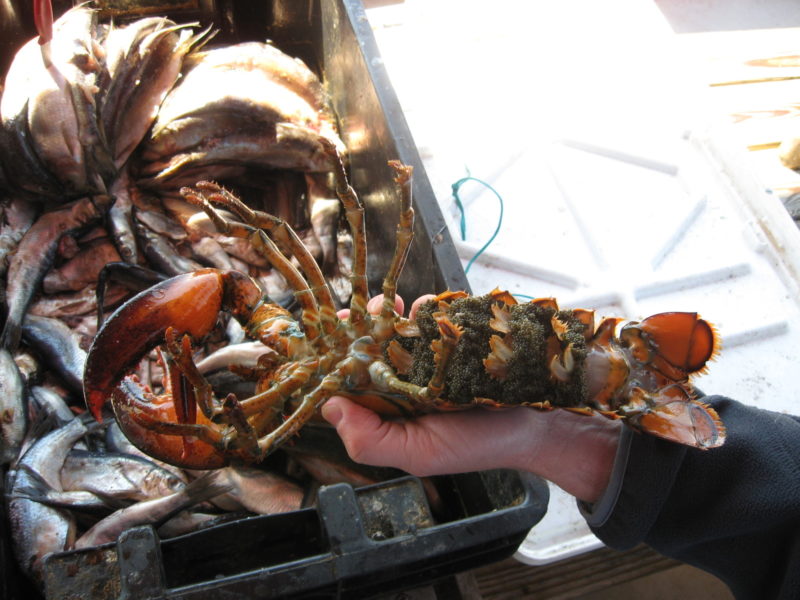Maine lobster landings, which have been over 100 million pounds every year since 2011 seem to be in for a period of decline, and probably won’t get back to that 132.6 million in 2016 or 2018’s 119.6 million pounds. Most people feel the culprit to be the warming environment and, unfortunately, the American lobster fishery is in one of the more rapidly warming regions of the world’s oceans.
Recently two scientific journal articles, both written by University of Maine scientists, look at the role of warming temperatures and differences in local bottom and oceanography conditions and their role for healthy lobster populations.
One of the studies is “The Cresting Wave: Larval Settlement and Ocean Temperatures Predict Change in The American Lobster Harvest” published in Ecological Applications Sept. 21, 2019. It projects lobster “landings within the next decade to decline to near historical levels in the Gulf of Maine and no recovery in the south.” That could mean lobster-landing figures dropping from over 100 million pounds every year since 2011 to perhaps something closer to the 50-million pounds of 1999 for Maine lobstermen.
The report in Ecological Applications predicts future lobster recruitment by using survey data from 62 fixed sites spread out from Rhode Island to the Bay of Fundy to determine the young-of-year or baby lobsters in nursery habitats. Factors such as shell disease and bottom-water temperature were factored in. The results allow predictions for lobster landings five to 10 years out.
The second article, “The Brighter Side of Climate Change: How Local Oceanography Amplified a Lobster Boom in the Gulf of Maine”, was published July 25, 2019 in the journal Global Change Biology and doesn’t have such a sense of gloom. The article “examines the interplay of ocean warming, tidal mixing and larval behavior” to present “a brighter side of climate change.”
As the Gulf of Maine has warmed, waters in the southwestern region with suitable areas for larval settlement have expanded only modestly, with warmer water staying near the surface and water too cold for young lobsters on the bottom. Whereas in deeper northeast waters, strong tidal mixing, driven by the Bay of Fundy, has prevented thermal stratification and “made an expansive area of seabed more favorable for larval settlement.” That, says the article’s authors, helps explain “strong lobster population increases in this region over the last decade and offset potential future declines.”
The article concludes by estimating newly settled lobster abundance as being “relative stasis (or a slight increase) in the southwestern Gulf of Maine and a somewhat more positive outlook for near‐term landings in the northeastern Gulf of Maine.”







